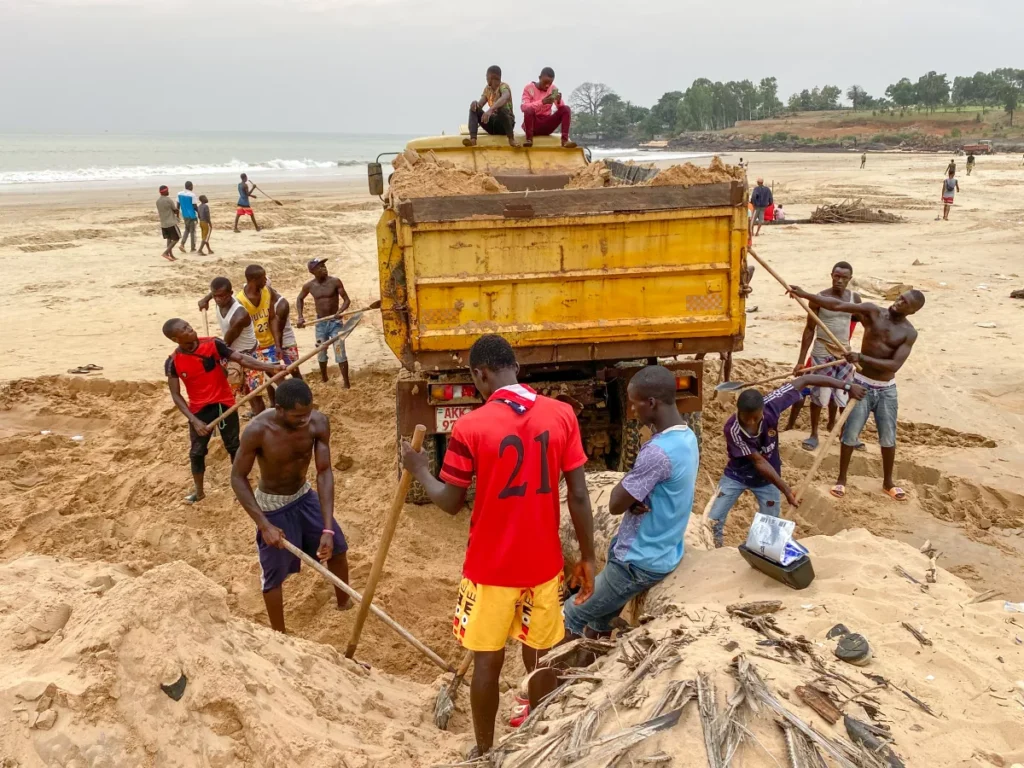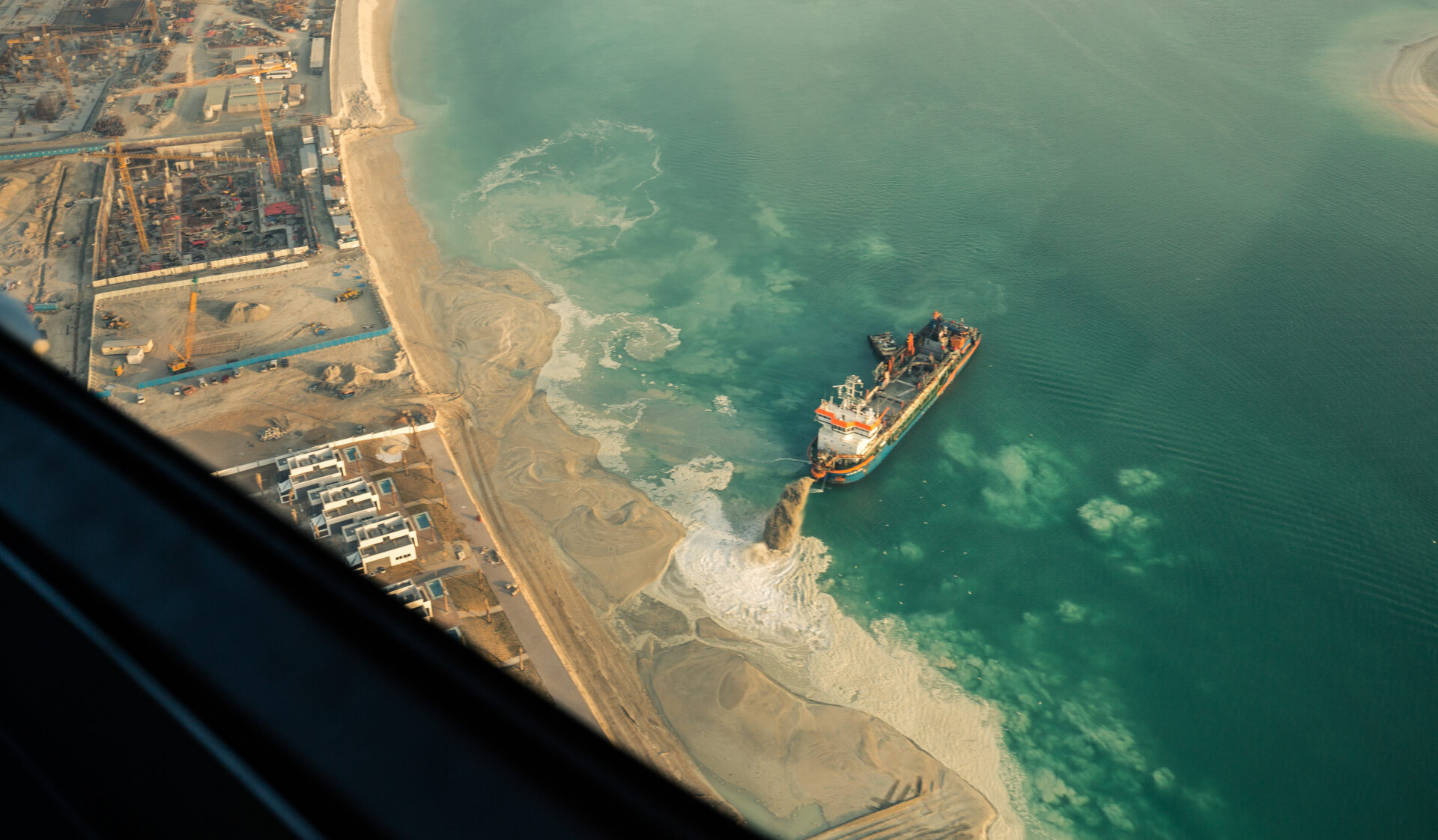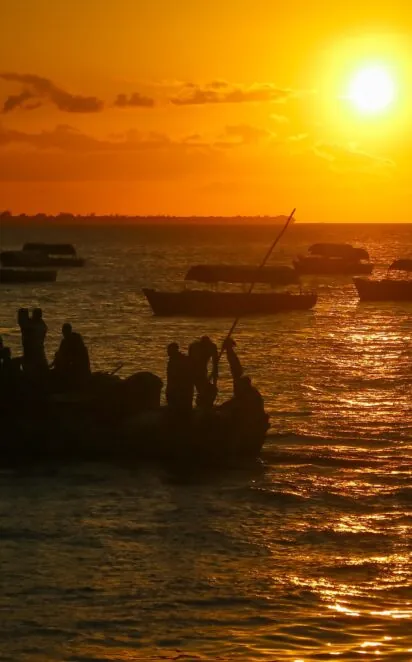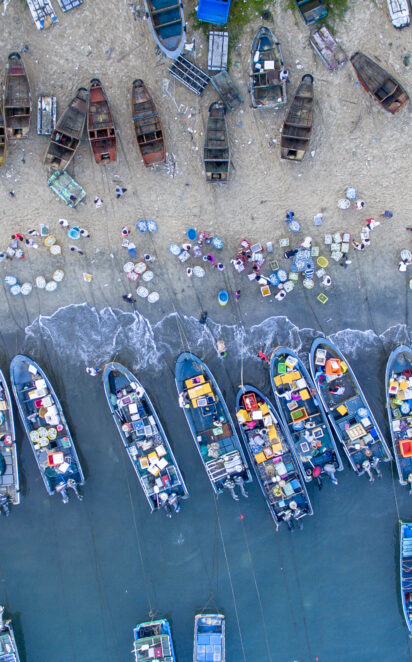Ocean Sand: Time To Assess Its Real Economic, Social and Planetary Value
Project Lead: Stockholm Resilience Centre (SRC)
Supporting Partner: Stanford Center for Ocean Solutions and University of British Columbia
Support: ORRAA and the UK’s Blue Planet Fund
Location: Global
Summary
ORRAA commissioned this work to focus on sands’ role to mitigate ocean risk and how it is used to build resilience in and around coastal communities, The report outlines recommendations and pathways to trigger a step-change in how ocean sand is understood and governed, while advocating a holistic approach to the sustainability and equity challenges posed by sand extraction in the marine and coastal environment. The report was published in May 2023 and can be found here.
Challenge
Sand is the most used mineral in the world, and the second most used natural resource after water. It is critical to the production of concrete, glass, electronics and asphalt, among others, and is being extracted faster than it can naturally replenish. Sand is also an essential feature of the coastal and marine ecosystem, key to land reclamation and to the rapid industrialization of the ocean economy. The ubiquitous dredging industry, equipped to excavate, transport, and dispose of sand, not only interacts with many ocean industries but also enables them. Beyond highly mechanized excavation, sand is also an important component of artisanal and small-scale mining in coastal areas, providing alternative livelihoods and a vital source of income to coastal communities. Yet ocean sand and its value chain have remained largely absent from ocean planning and blue economy discussions.
By their very nature, sand mining and dredging have severe impacts on surrounding ecosystems. Relocating large volumes of sand often results in habitat destruction, loss of biodiversity and coastal erosion – which makes shorelines more vulnerable to floods and storm surges. These risks are intensified by poor monitoring and weak governance that bring consequences to local communities including displacements, loss of livelihoods and increased vulnerability to climate change.
Solution
Addressing the challenges of sand sustainability and equity requires building a systemic understanding of ocean sand as a complex social-ecological system, rather than merely an abundant resource, and improving sand governance. The report proposes a step-change in how ocean sand is understood and governed, including:
(1) Building a holistic and systemic understanding of ocean sand as a key priority for sustainable ocean management and coastal development planning.
2) Developing and ensuring broad utilization of ocean sand monitoring tools.
3) Embracing transdisciplinary research on ocean sand to inform policy and practice.
4) Further exploring and testing the efficiency of mandatory vs voluntary governance mechanisms for ocean sand use.
“A narrow lens on ocean sand as simply an aggregate resource will miss the diversity of ways in which it forms the literal and figurative foundations upon which the future of coastal communities, biodiversity, and multi-billion-dollar ocean industries rest.”- Jean-Baptiste Jouffray, lead author of the report.





